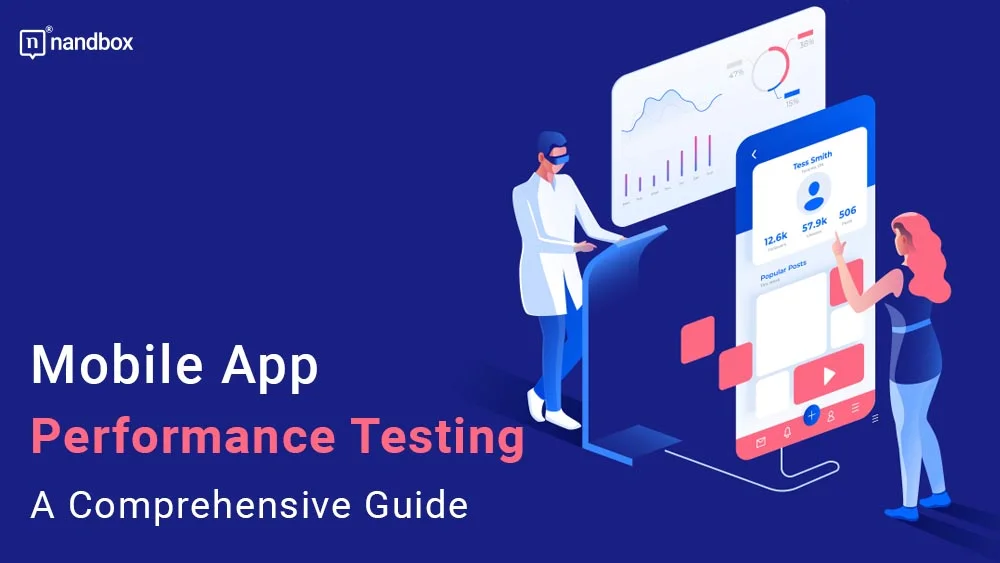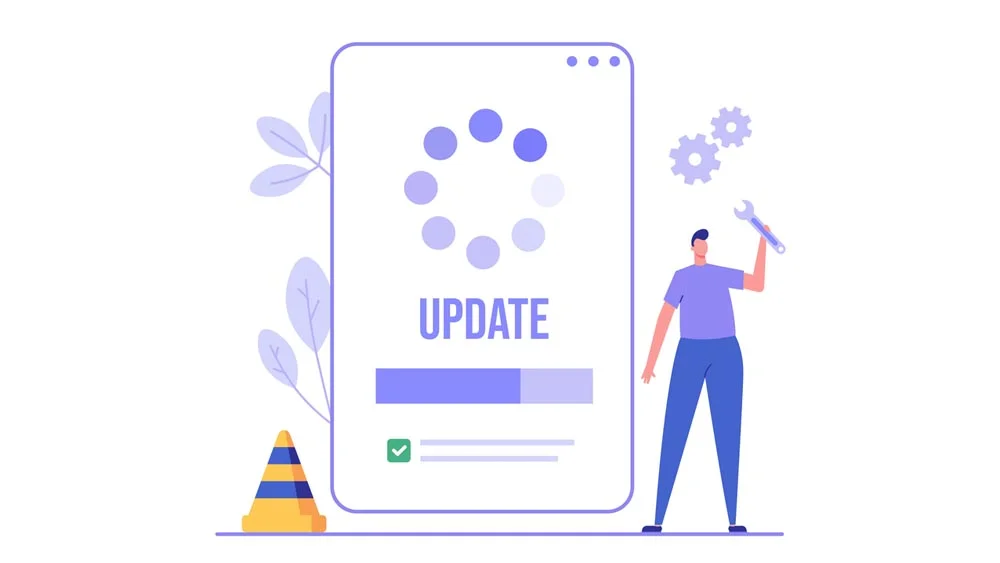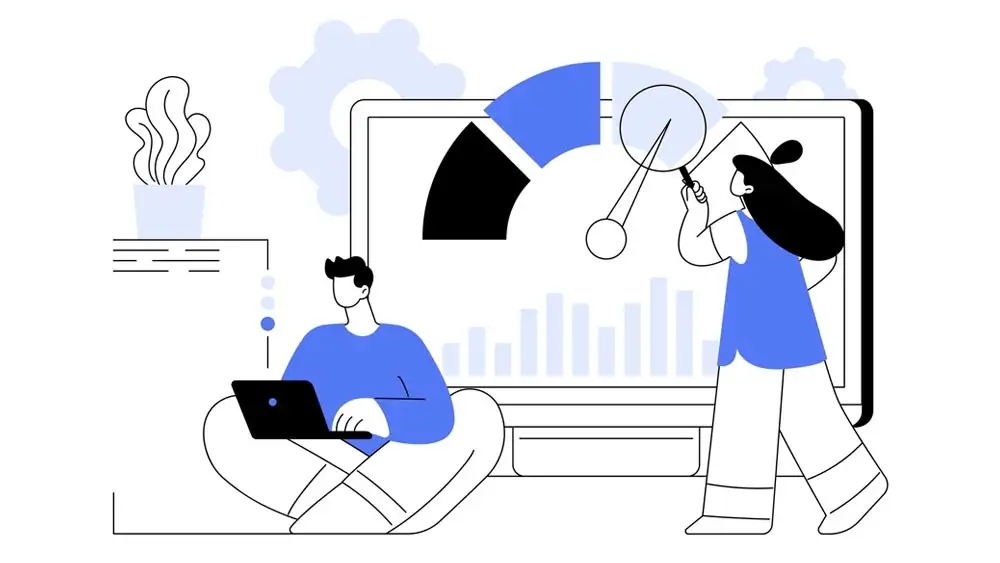Best Ways To Improve Your Mobile App Performance
As a startup, you may have created the perfect mobile application, packed with all the features that users could want. However, you find the results not quite great. The app is not performing the way it should, and users are quickly becoming frustrated and abandoning it. But, how could that happen? You made sure to offer everything that would satisfy the users and make an exceptional app. The answer is one thing: mobile application performance. Maybe you don’t know this, but over 60% of users tend to abandon applications completely after experiencing poor app performance. 60% is certainly not a small percentage. That is why, in this article, we will guide you through mobile app performance in detail. We will also showcase some mobile app performance testing approaches to consider. Understanding the intricacies of app performance goes beyond testing; continuous monitoring is key. Dive deeper into log monitoring to grasp how it can refine your app’s performance analysis and troubleshooting.
What is a Mobile Application Performance?
Mobile application performance refers to everything that impacts the overall user experience. Such as speed, responsiveness, stability, etc. It also refers to the extent to which an app runs on all types of devices. For example, speed is one of the major things that sets two apps apart. You’d find an app that has everything you need: a good and intuitive UI, robust features, and many more. However, this app would take a long time to load, in addition to functioning slowly. This would greatly impact the way you, as a user, would think of this app. A mobile app’s performance can be impacted by a number of factors, including but not limited to network connectivity, device hardware and software, code quality, and server response time.
Why Is Mobile App Performance Testing Necessary
As we mentioned before, mobile app performance is a major and essential factor that indicates any app’s path later on. It decides whether the app can actually accomplish success or just pass by without going anywhere or accomplishing anything. Mobile app performance is critical when it comes to improving and optimizing the user experience. It ensures and guarantees that the users are getting the best experience possible and eliminates any chances of user frustration. Poor app performance can lead to negative app reviews, low ratings, and user churn, which is the number of users who decide to abandon the app or never use it again. This, in turn, reduces the app’s popularity and any potential that it had. By conducting performance testing and optimizing the mobile app’s performance, developers can identify and resolve performance issues once they arise, whether during development or after releasing the app. Thus improving its reliability and user satisfaction.
How to Improve Your Mobile Application Performance
So, how can we improve mobile app performance? Here are four tips for doing so:
1. Native Is the Best Answer
If you are intending to develop your own app and are still puzzled about the app type, we advise you to go native. As much as native app development can appear to be difficult and time-consuming, it is also the best when it comes to performance. One of the best things about native apps is that they are stable because they are built to meet the exact needs of the operating system. This makes them faster and allows them to operate more effectively on any device they are installed on.
2. Optimize Images and Videos
One thing you should take care of is the images and videos in your app. If your application development plan requires or includes inserting images and videos, for instance, if you are developing an educational app. It’s crucial that you find ways to reduce the file sizes of your media files, as images and videos of large sizes can cause an overload on the app’s capacity. Such things can lead to unnecessary performance issues like crashes or slow loading times.
3. Use App Bundles
Another thing that impacts the app’s performance is the app’s size. The size of the app is not only frustrating for users, but it also affects the overall performance of the app and reduces the quality of the user experience. So if you are developing an app for Android, always make sure to make your app in the app bundle format instead of the APK, as it is much smaller in size.
4. Perform Regular Updates
Performing regular updates is essential to ensuring that your app remains relevant and performs well over time. Updates can address performance issues, improve the user experience, and add new features. Regular updates also help retain users and improve the app’s ratings and reviews.
5.) Always Run Performance Test
Lastly, you should always run the necessary performance tests. These tests will help you identify any errors or bugs that may lead to performance issues in the future. This would help you avoid any future pitfalls and maintain the quality of your app, as well as offer a great user experience. If you don’t know which major performance tests you should run, let us guide you through them.
Types of Mobile App Performance Tests
I. Load Testing
Load testing involves simulating user traffic to test the app’s performance under normal or heavy load conditions. The test can help you identify performance pitfalls and determine the maximum capacity of users and usage your app can take.
II. Stress Testing
Stress testing involves pushing the app to its extreme limits until it reaches the breaking point. Applying stress to an app can reveal the points where it is vulnerable and determine whether or not it can withstand an extreme workload, as well as optimize the app to take such a load.
III. Spike Testing
Spike tests also expose the app to extreme workload, but this time it is sudden and over a specific period of time. It helps developers see if the app could handle such a sudden surge in users and usage. This would be ideal, especially for apps that expect large numbers of users or usually have them, such as gaming apps.
V. Endurance Testing
Endurance testing involves testing the app’s performance over an extended period to determine its stability and reliability. This test can help you identify memory leaks, battery drain, and other issues that can affect the app’s performance over time.
In Summary
Mobile app performance is what separates a good app from a poor app. It is the user’s first consideration when choosing an app to rely on and use in daily life. That is why it is not something to disregard during the app development process or even afterward. Now that you know all the necessary mobile app performance tests and all the ways you could improve your mobile app’s performance. You can confidently start your app development journey and create a robust and perfectly performing mobile application. Another way you could do so is to develop your app with nandbox.
nandbox is a leading no-code app builder where developers and non-developers can develop fully functional native apps. What makes nandbox special is that all the steps required to improve the app’s performance are already done through the builder. All the media file sizes will be automatically optimized, the app you will develop is 100% native, and you will release your app in an app bundle format. It is literally all you need and more. Try the nandbox today and provide your users with the best user experience.








